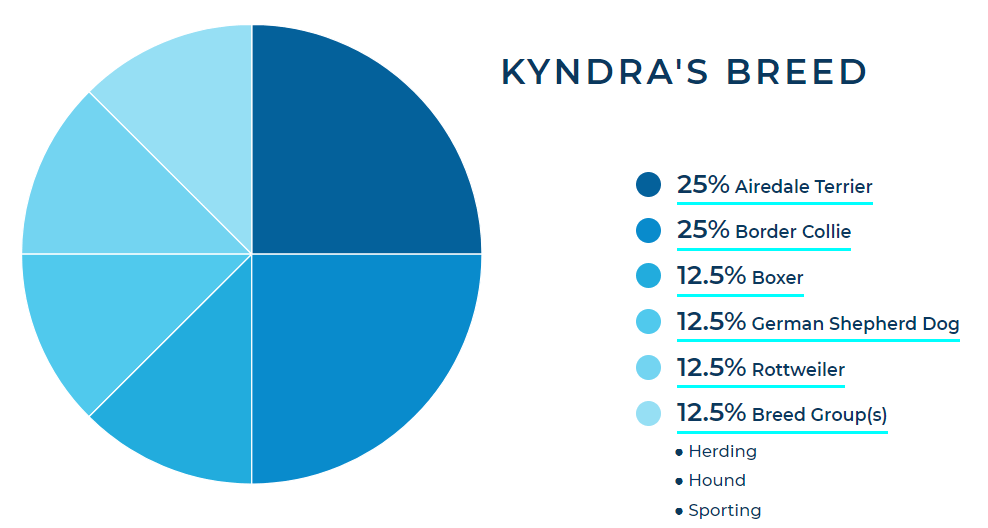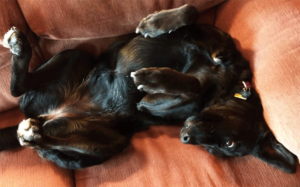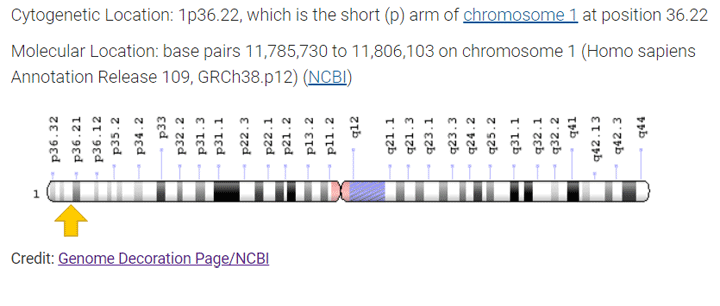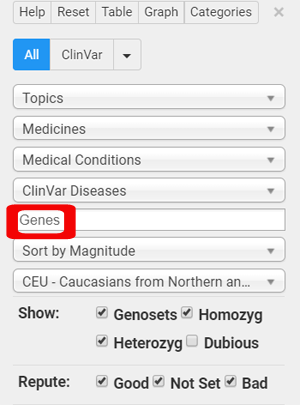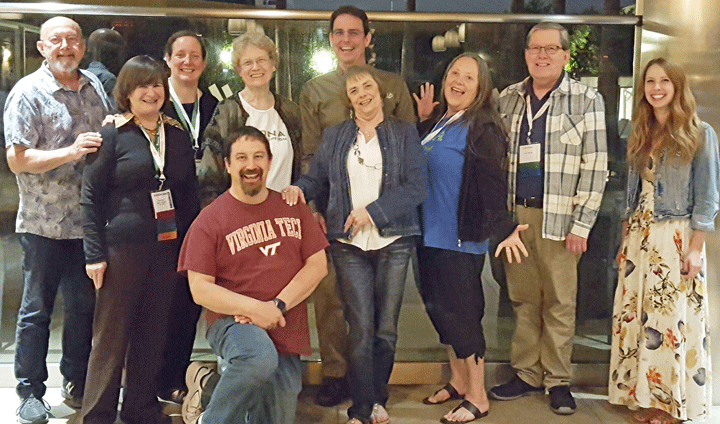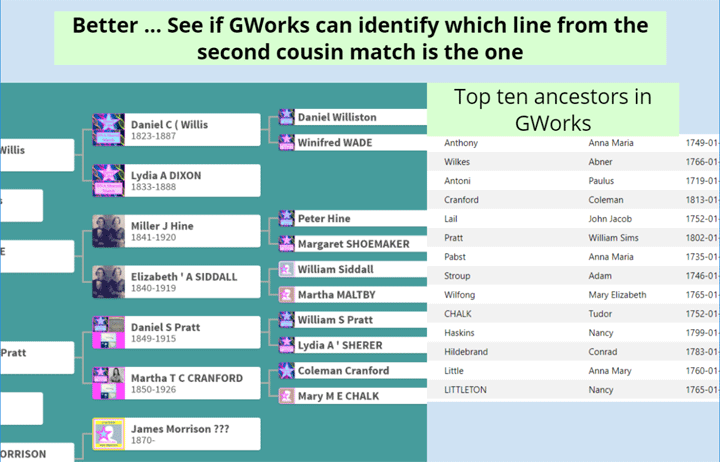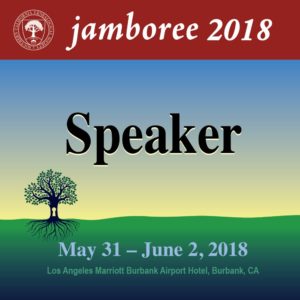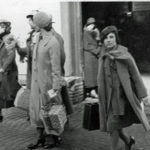My lovely dog Kyndra is NOT a labrador retriever! I was so sure she was some sort of lab/border collie mix. She is very loving, playful, smart, and even likes to swim. I can no longer let her off leash on the local river trail because there is a hole in the fence to the golf course and twice she has treated the water hazard there as her very own swimming hole! How can she not be a lab?
Smaller than a lab at 52 pounds but about the size of a border collie with the short glossy black hair of a lab, the face shape of a collie, and the flag-like upcurling tail of a shepherd. Her eyes are so dark that they look black.
Searching online, I find many sites which discuss the lab/border collie mix. I think this “borador” description is a very accurate description of her personality: http://www.spockthedog.com/mixed/borador/ plus the pictures of boradors look just like her with just a bit more hair. “Most often the body of a Borador has the build of the Collie and the colors of a Retriever,” as that site says and as she does to my eyes.
The idea of DNA testing your mutt is to know what breeds she is descended from. That way you know what health issues to watch out for. To be honest, it was really just to satisfy my curiosity. My husband did not see why we should do this, so I put the Wisdom Panel 3.0 Breed Identification DNA Test Kit on my Amazon wish list and I was delighted when a grateful reader got it for me! Thank you Pauline!
However DNA results show no lab at all! At least they include 25% border collie. The other breeds are hard to see in her. German Shepard tail? Bulldog body shape? Rottweiler eyes? Hair growing backwards on her spine from the Airedale? Maybe the answer is that she is just so many generations from any known breeds that it is hard to be accurate. She is a rehome from Jamul (not far from the Mexican border) born to the neighbor’s black dog, father unknown.
Or perhaps the breed composition has the same basic built in inaccuracies as the DNA ethnicity tests for people: just not a big enough database to draw from yet.
I found some wonderful sites which explain the genetics of canine looks:
One in plain English: http://www.doggenetics.co.uk/black.htm
based on the work here: http://homepage.usask.ca/~schmutz/dogcolors.html
Sadly the wisdom panel results do not include a download of the raw data.
I decided to research the history of dog breeds some more.

